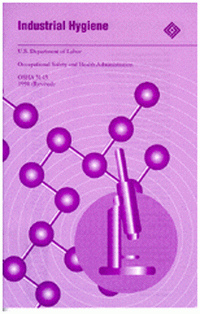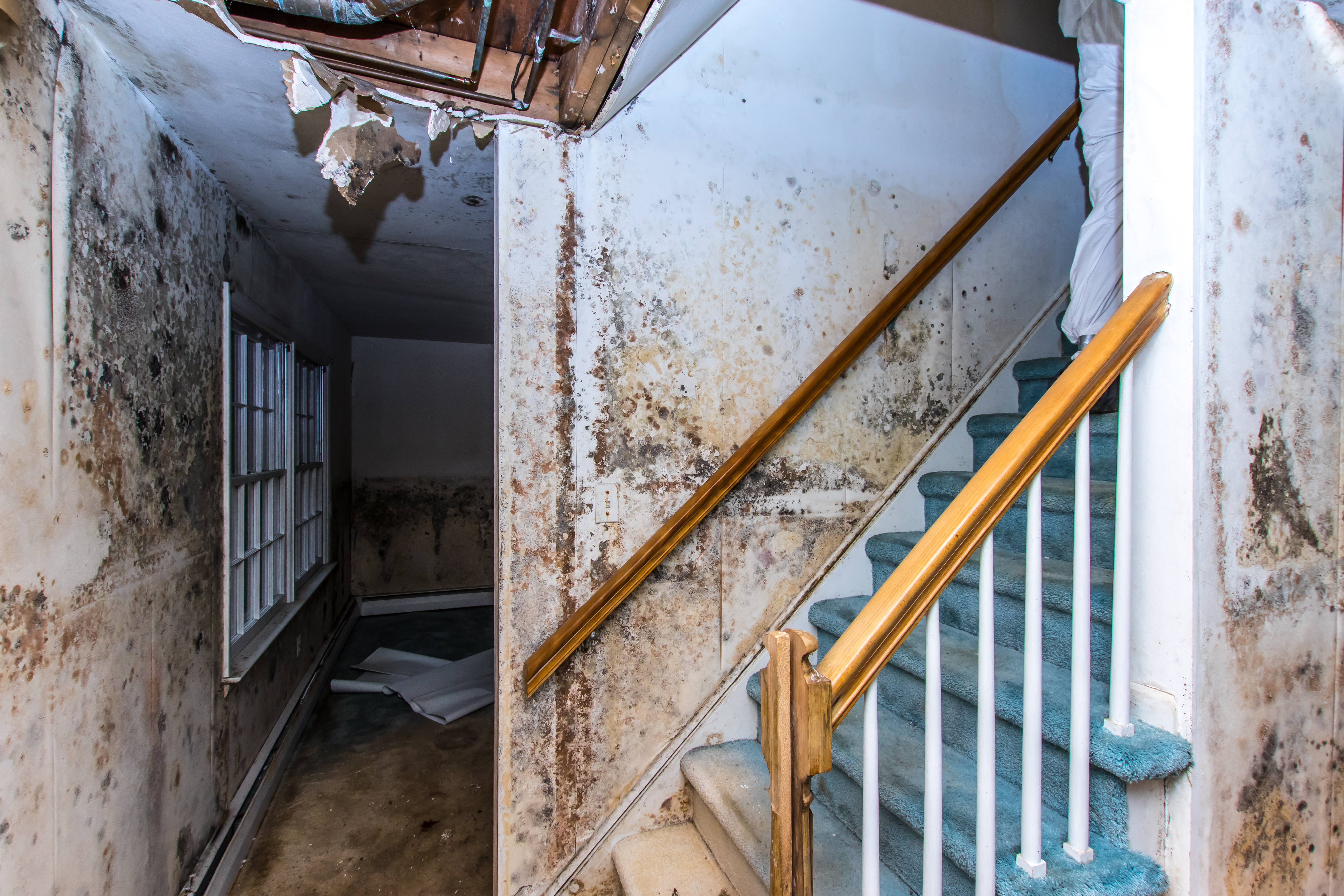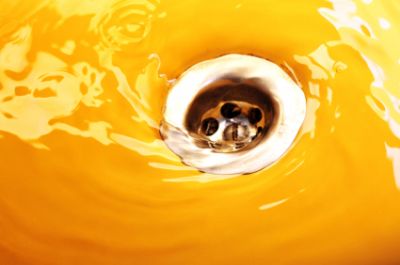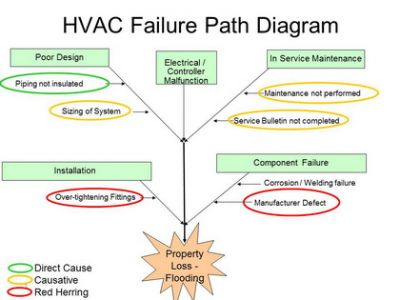Studies show that more than 50% of indoor environmental quality problems are related to mechanical systems. A common one is HVAC. Home and workplace safety are things we take for granted, until we are endangered by unseen biological, chemical agents, and physical hazards. By their nature, these dangers may not be recognized in a timely manner to prevent injury or sickness. Listed below are a few of the common concerns that require the expertise of an Industrial Hygienist and/or Engineer:
– Sick Building Syndrome
– Mold Exposure & Water Damaged Buildings
– Indoor Air Quality Analysis
– Mining Industry Health & Safety Analysis
– Soil Contamination Evaluation
– Workplace Exposure (Noise, Chemical, Physical Hazards)
Industrial Hygienists resolve claims of damage, injury, or illness due to Indoor Environment Quality concerns. Many of these arise from advances in synthetic materials used in building materials, furnishings, carpeting, personal products, pesticides, cleaning agents, and deodorizers. Industrial Hygienists use a process to identify, characterize, document, control and verify the unsafe condition. Did you know the acceptable indoor environmental conditions are a temperature range of 69-79 degrees Fahrenheit and relative humidity of 30-60%? Industrial Hygienists perform the following testing to confirm health concerns as a result of exposure:
– Lead Paint Assessment
– Indoor and Outdoor Air Pollution
– Mold Evaluation
– Noise Survey
– Personal Protective Equipment Evaluation
So, how do engineering experts support these types of concerns? Engineers work closely with Industrial Hygienists to determine the contributing factors and ultimately the root cause. For instance, mechanical engineers can evaluate HVAC operation and maintenance; and failed pipe or fittings which may be leaking water and causing mold eventually leading to sick building syndrome. Ground water contamination is often caused by failed piping, leaking storage tanks, or possibly poor design of a sub-ground system. Engineers bring understanding as to how the leak or spill occurred that led to ground water contamination. For workplace exposure cases, engineers can measure sound levels and confirm compliance with the OSHA standard. A noise-induced hearing loss is almost always bilateral. The loss does not progress after the noise exposure is discontinued and it produces a 4000Hz notch on the audiogram.
To find out more about how Industrial Hygienists and Engineers can provide support to Health, Safety & Environmental Engineering claims and litigation, please call 800.780.4221 today to discuss your case specifically.






